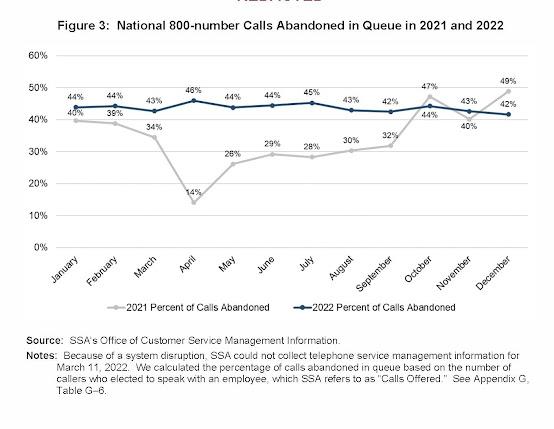The House Appropriations Committee has voted along party lines for Subcommittee allocations, that is the amount that each Subcommittee will have to allocate among the agencies within its purview. This is for the Fiscal Year (FY) 2024 appropriations bills. As the Consortium for Constituents with Disabilities (CCD) points out, the allocation for the Labor-HHS Subcommittee which has responsibility for the Social Security Administration's Limitation on Administrative Expenditures (LAE), the equivalent of an appropriation for an agency that takes its money from a trust fund, is 25% below the current FY. The Subcommittee can then allocate the pain among the agencies covered by the Labor-HHS appropriation bill.
As you may recall, the President and the Speaker of the House of Representatives earlier agreed to overall budget limits that were only a little below the current fiscal year. So why is the Labor-HHS allocation so low? The Republican leadership in the House of Representatives decided that they weren't bound by their agreement with the President.
A 25% reduction in Social Security's operating budget would mean massive RIFS at Social Security and an almost completely non-functional agency -- an unmanageable situation.
It is far from clear that the House of Representatives could pass an FY 2024 Labor-HHS appropriation bill that is 25% lower than the current fiscal year. It certainly couldn't pass the Senate or receive the President's signature. So they would negotiate, right? The President has little incentive to negotiate with leaders who refuse to be bound by agreements they have made.
We may be heading towards a year long Continuing Resolution (CR), which means that Social Security could spend money at the same rate as in FY 2023. There are worse things that could happen.





